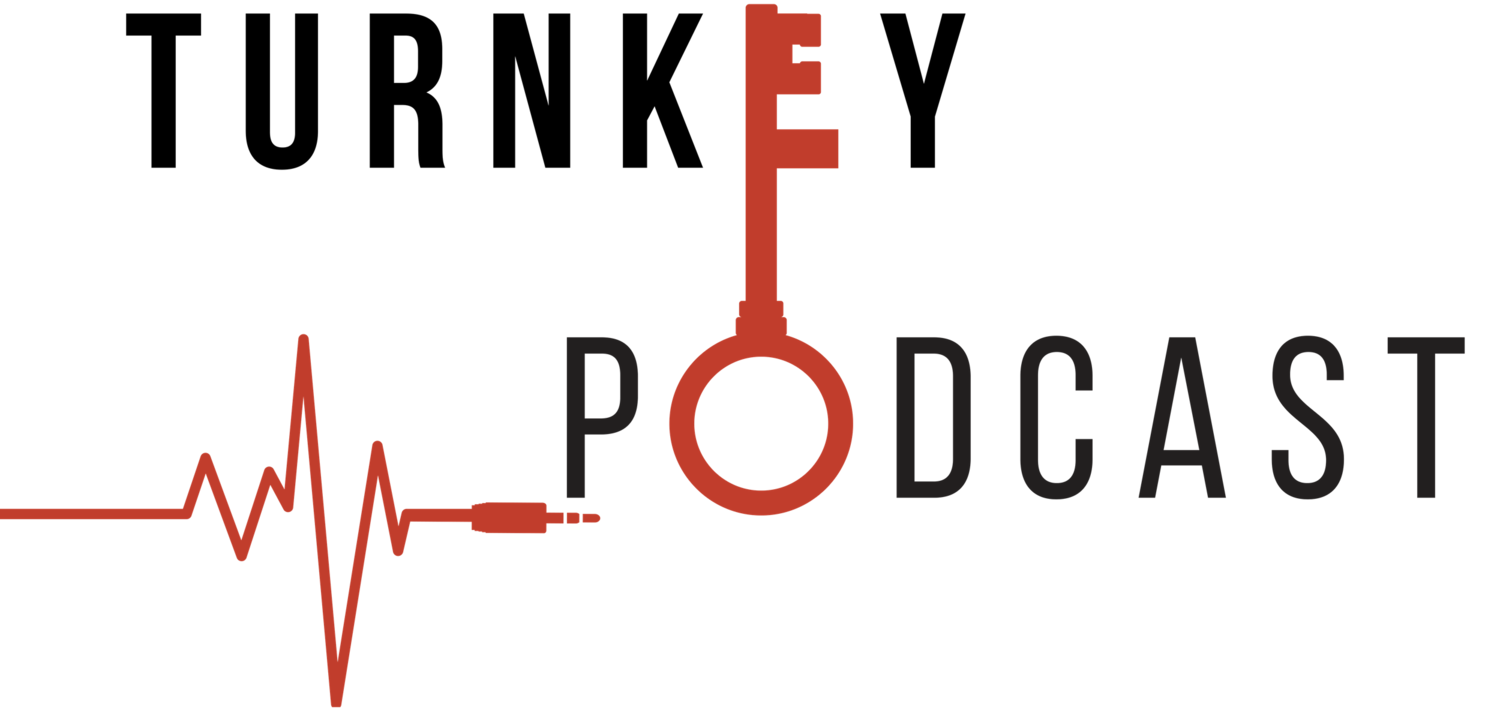This article is based on an interview from the Nice Guys on Business podcast.
For a self-described “very sort of introverted, borderline shy person,” Matt Wolfe has managed to make an enviable career using his voice, and helping others find theirs. He and business partner/co-host Joe Fier have been working full time in the world of online business since 2009, offering courses and blog posts to other entrepreneurs looking to learn more effective ways to use the internet to grow their projects and their profits.

The first podcast the pair started back in 2010 fell victim to “podfade,” as did several follow-ups; but nine years on, their current podcast Hustle & Flowchart has more than 100 episodes — and it’s making ”seven figures a year.” The pair joined Doug on the podcast to explain how hustle plus organization can equal real income.
Master those tools
That large revenue number isn’t the result of magic — just a practical understanding of online tools that can help turn listeners into customers.
According to Matt, “75 to 80 percent of our income is actually from promoting products as affiliates.” Phase one of this, he says, is putting a link to a product in the show notes (here’s an example) after mentioning it in the show, either in the form of a legitimate recommendation, or in an interview with the product’s creator. Matt and Joe then make money for every customer who clicks that link and buys a product.
Build a retargeting ecosystem
Affiliate links on an episode page are not enough: “most people don’t buy a product on the first touch,” Matt explains. One tool the pair uses are retargeting pixels, which can be added to a basic WordPress site. These ‘follow’ the customer from that episode page with the affiliate link to their personal Facebook page, or to Google, where Matt and Joe will pay for an ad for that affiliate product, keeping it fresh in the potential customer’s mind. Customer clicks and buys: Matt and Joe make money.
“Once somebody enters our ecosystem — that means they watched one of our videos on YouTube, they listened to a podcast, they came across one of our posts on Facebook — once they enter that ecosystem, they are now on our retargeting pixels, and it usually takes between five and seven days to make that first sale,” Matt says.
Spend money to make money
Yes, the old saying applies here too. Regardless of the kind of content you’re offering, “you need to have some money to reinvest into your content development and marketing,” Joe advises.
But it’s less than you think: those affiliate ads on Facebook or Google cost a dollar a day, so about $30 a month, in which time Matt estimates they get about 100 to 120 clicks. As long as you’re making just one sale of $40 or $50 within that month, you’re making a profit on your ad spend. “It’s really profit margins,” Joe says.
Trust matters — big time
“We have maybe 10 products that we’re promoting as affiliates actively,” Matt says. “We don’t just go for anything that somebody asks us to promote.”
This selectiveness helps Hustle & Flowchart punch above their weight — the podcast isn’t hitting millions of downloads a month. “We’re in the maybe 30,000 downloads a month range right now, so we’re not a massive podcast,” Matt acknowledges. But their committed fan base of listeners trust their recommendations.
“When we say, ‘hey, here’s a product that you should check out,’ people go and check it out, just because it was us saying it,” he explains. “I think our opinion is held very highly by our audience.”
This commitment to honesty and quality recommendations, alongwith their carefully honed understanding of the online tools, is a winning combination — helping Matt and Joe make more money than many top-ranking podcasts.
Be persistent — no overnight successes here
As happy as they are about the success of the show, Matt and Joe are keen to emphasize that it didn’t go from zero to seven figures overnight. Those earlier online businesses and podcasts set them up with an audience before they started this latest venture.
“So before we ever even recorded episode one of Hustle & Flowchart, we already had a mailing list of 100,000 subscribers, we already had a Facebook group with 5,000 people in it,” Matt explains. It’s not the case, Joe adds, that you can, “flip the mic on, upload your stuff to iTunes, and, you know, ‘Hey, everybody’s going to find me and I’m going to make a lot of money!’”
That said, it’s entirely possible to make money from your podcast even if it stays relatively small. The main difference between their first podcasts and Hustle & Flowchart, Joe says, is that they’ve stuck with this one long enough, and learned to treat it like a business. “So it takes time, and for us, the big thing was consistency, and having a system for what happens after you do that recording, and making sure that that stuff is going live.”
Bottom line here: make something listeners value, learn the tools to turn some of that loyalty into income — then keep doing it.
Ten years after going full time, the pair is deservedly proud of what they’ve achieved. “I mean, the podcast is like our baby, and the business behind it is amazing as well, and it’s highly leveraged,” Joe says. “Yeah — we love it.”
